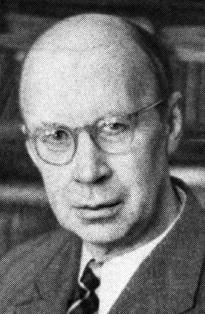Biography
Sergei Prokofiev (1891–1953)

Sergei Prokofiev was a child prodigy who became a concert pianist, a conductor, and an enormously versatile, productive, and popular composer.
Born in present-
Prokofiev moved away from modernist extremes and toward clear tonality, tunefulness, and the use of Russian folk themes. But the good-
By the 1930s Prokofiev was a recognized star worldwide, but his thoughts turned back to his Soviet homeland, which had been tempting him with many commissions. He returned to live in Russia in 1936, to much acclaim. He must have known that his freedom of expression would be limited, but he could not have anticipated how much. Even pieces he wrote to exalt Stalin and the Soviet Union ran into trouble, increasingly so with the approach of World War II. Time and again the ever-
After years of ill health, Prokofiev died on the same day as Stalin — within the hour. His impressive opera based on Tolstoy’s War and Peace, begun with official support in 1941, was still in limbo at his death.
A slight but much-
Chief Works: Operas The Love of Three Oranges and War and Peace ◼ Ballet scores Romeo and Juliet and Cinderella ◼ Film scores for Alexander Nevsky, Lieutenant Kije, and others ◼ Seven symphonies, including the Classical Symphony; piano sonatas and concertos; a beautiful violin concerto (No. 2) ◼ Peter and the Wolf for children (of all ages)
Encore: Listen to Lieutenant Kije and Classical Symphony.
Image credit: Lebrecht/The Image Works.